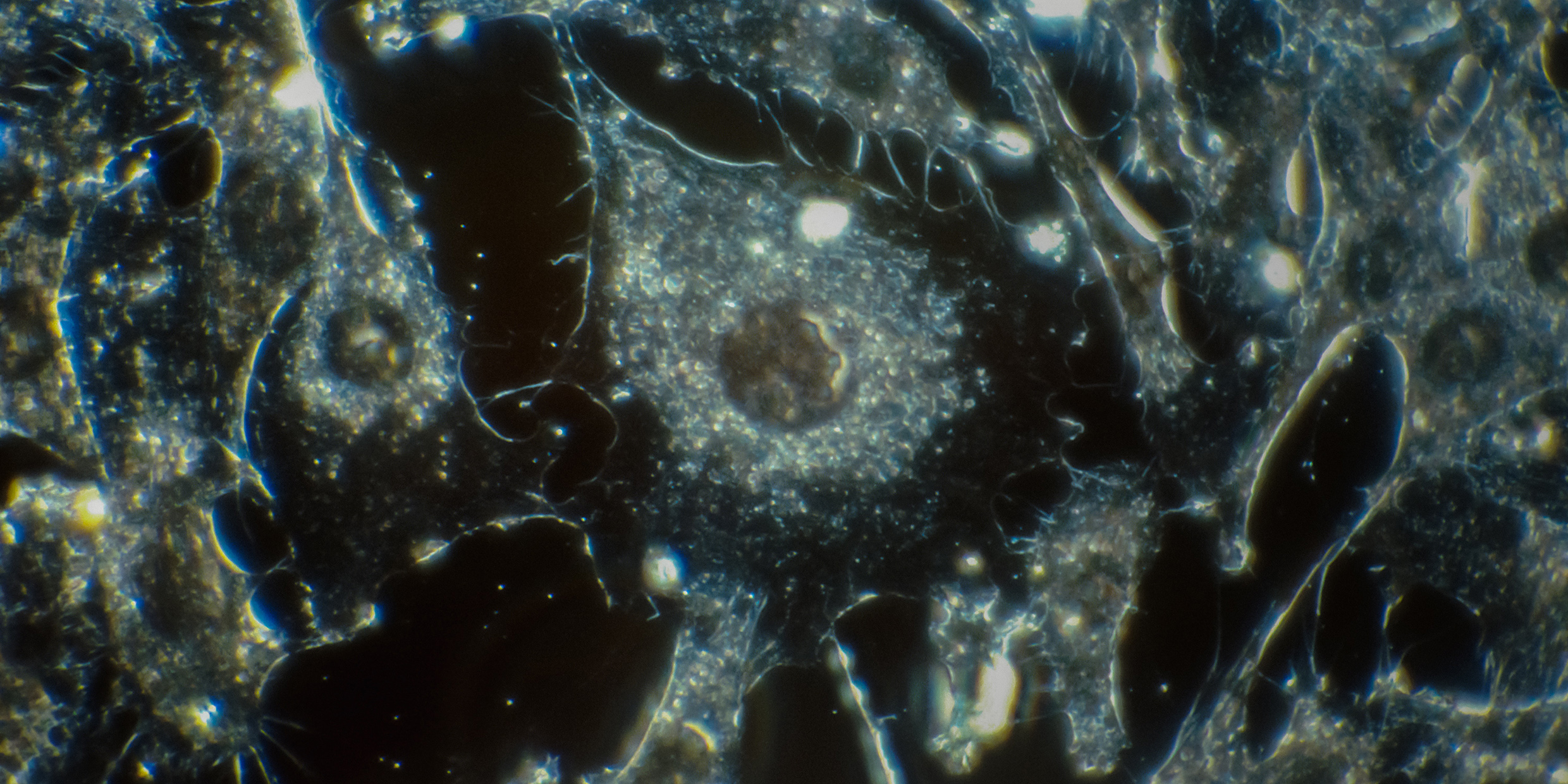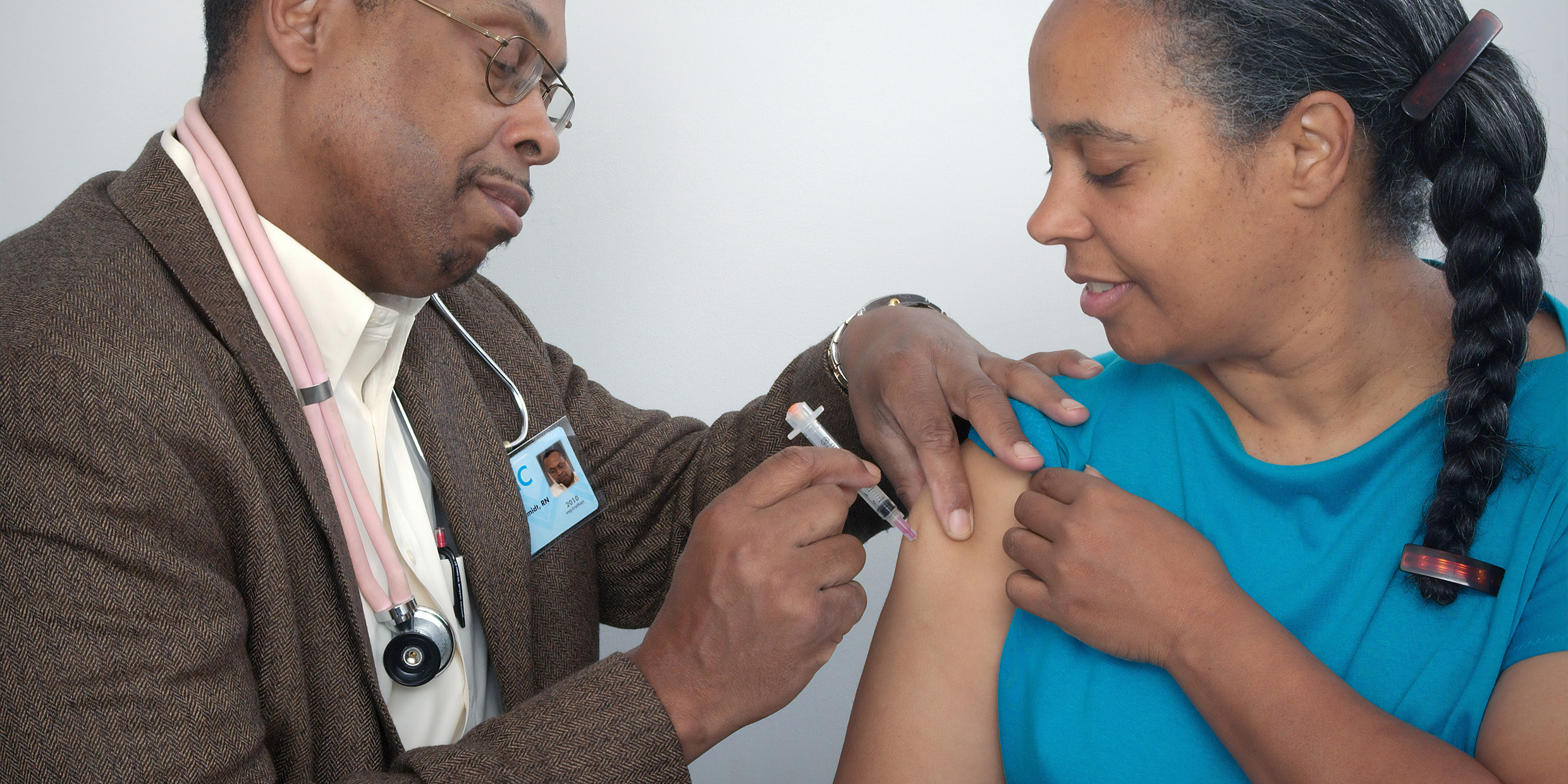On the new acquisitions shelf of the college library I find a little book that almost gets lost among its bigger, bulkier companions — “A Modest Proposal: A Plan for the Golden Years,” by Régis Debray.
Medicine
Pushing drugs
Two people I’d be happy to never see in the media again: Robert Bazell and Robert Jarvik.
The big sting
I have my annual physical tomorrow, and I have a list of things to ask my doctor about: Allegra‑D, Ambien, Nexium, Celebrex, Viagra, Lipitor, etc., etc. I’m not even sure what all these drugs are for, but according to the ads I watch on TV, I’m supposed to ask my doctor if they are right for me.
If it walks like a quack, and quacks like a quack…
Scientists tend to resist any attempt to infuse their work with spiritual values. They are fearful, rightly so, of diluting a successful knowledge-generating methodology with “mysticism.” With creationists, pseudoscientists and New Agers storming the gates, intent on bringing down the walls, who can blame scientists for jealously maintaining their aloofness from “spirituality.”
Who gets to have the new smart pills?
“I am a little world made cunningly of elements and an angelic sprite,” wrote the poet John Donne in about the year 1609. He meant, of course, that he was a creature of matter and spirit, body and soul. Today, we would amend his lines to read: “I am a little world made cunningly of elements.” Full stop.
Facing new questions about transplants
In a recent story in The New York Times Magazine, author Charles Siebert recounts his interview with Dr. Peter Butler, a British plastic surgeon who is prepared to supervise the first transplant of a human face. That’s right, a human face.
Genetic science tests our wisdom
Malaria kills more than a million people a year, most of them children under the age of 5 in sub-Saharan Africa. Hundreds of millions of people have the disease, in varying degrees of severity.
Cancer: Our cells against ourselves
Now that bubonic plague, smallpox, cholera and many other diseases of high mortality are mostly things of the past, the Big C looms as the most frightening way our bodies can go wrong.
Alternatives: For amusement only
In 1770, an English country doctor named Edward Jenner noticed that milkmaids who had previously contracted cowpox, a relatively mild disease of cattle, were immune to the more virulent human affliction, smallpox. His observation led to the development of a cowpox vaccine for the prevention of smallpox.
Terrorism revived the smallpox issue
Like most Americans of my generation, I have a dime-sized scar on my upper left arm, the badge of a disease that — with luck — my grandchildren can safely forget.








